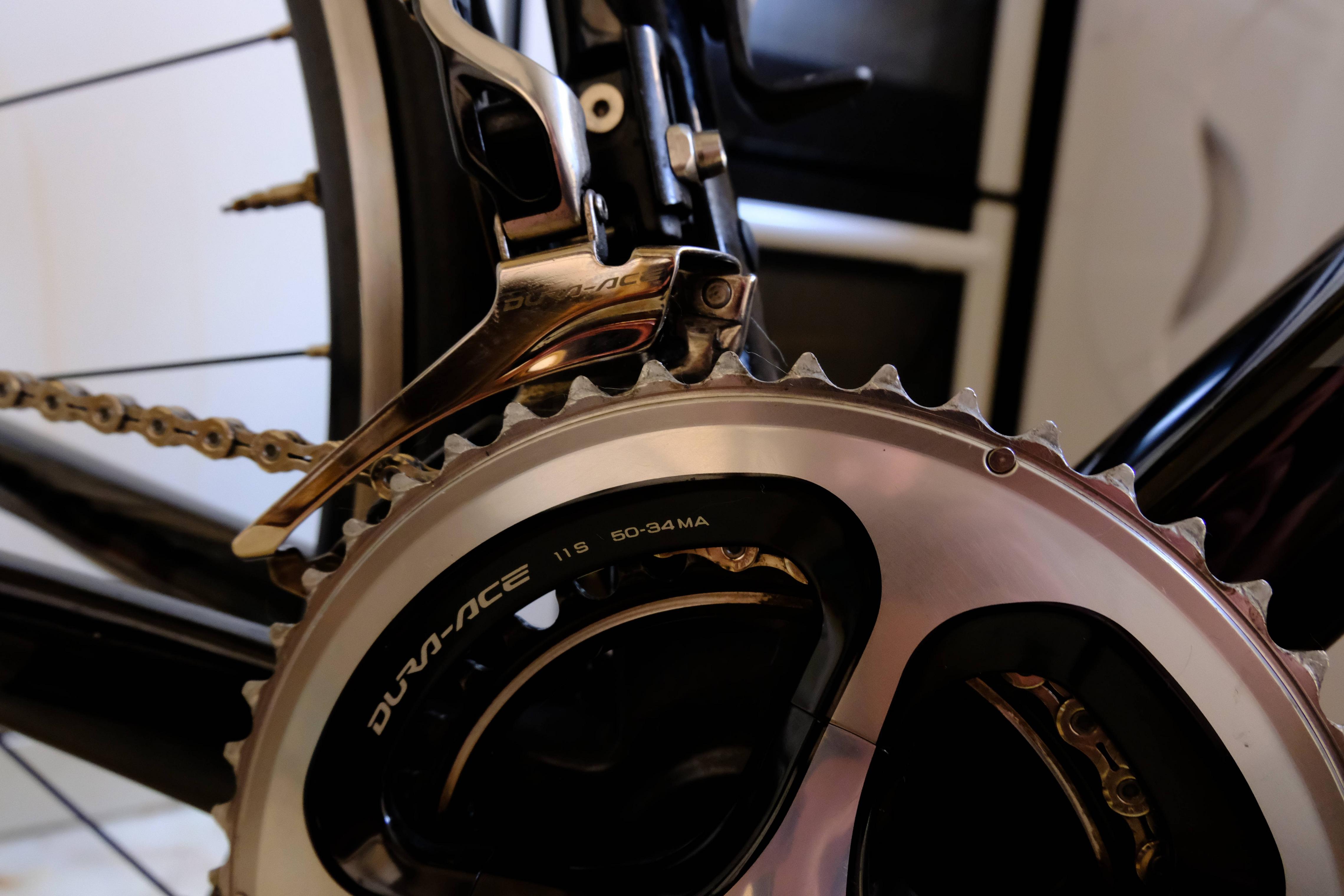Last summer it come to light that my bike is suffering extremely bad chain slip, to the extent I feel it is unsafe. From what I can tell, it only happens in the 50t ring, and the 34 may be ok, but it's been a while since I've been on this particular bike, so I'd have to verify.
Near come off the bike a few times moving off from a stop if I was pedalling out of the saddle, so I got a chain checker and I noticed that it was badly worn; the tool slipped right into 1% and who knows how long it was like that given my attitude to use things until they break. Maybe 10-15k miles on the chain. It didn't fix it. So I installed new cassette on there 100-200 miles later, and again, it unfortunately, didn't fix it.
I've reassessed the chain length, and this seems O.K. from what I can gauge (big-big combo - chain has good tension, and I'm not quite able to turn 2 links back on each other to make a Z, indicating that the chain is probably the right length), so now I've reached somewhat of a brick wall. I can't keep throwing money at the thing, especially considering my next step would be to replace the large chainring, but given the cost of FC-9000, it would be quite annoying if it were not to work. Is this a likely fix?
A friend suggested sticky pawls, but when I shoved a club mates disc wheel & cassette on there, I had the same thing, so that probably rules out the possibility of the freehub assembly going bad.
If there is anyone out there with ideas/advice then it would be greatly appreciated. I can get high-resolution photos of the teeth/drivetrain condition if it helps.
EDIT; just shoved it in the workstand and noticed the rear gears were very hesitant to go 25>28 in the big ring & adjusted accordingly. I could've sworn I indexed the thing when I last used it though. If that is the case could this add new cables and a blob of marine grease to the RD springs to the list of culprits?




